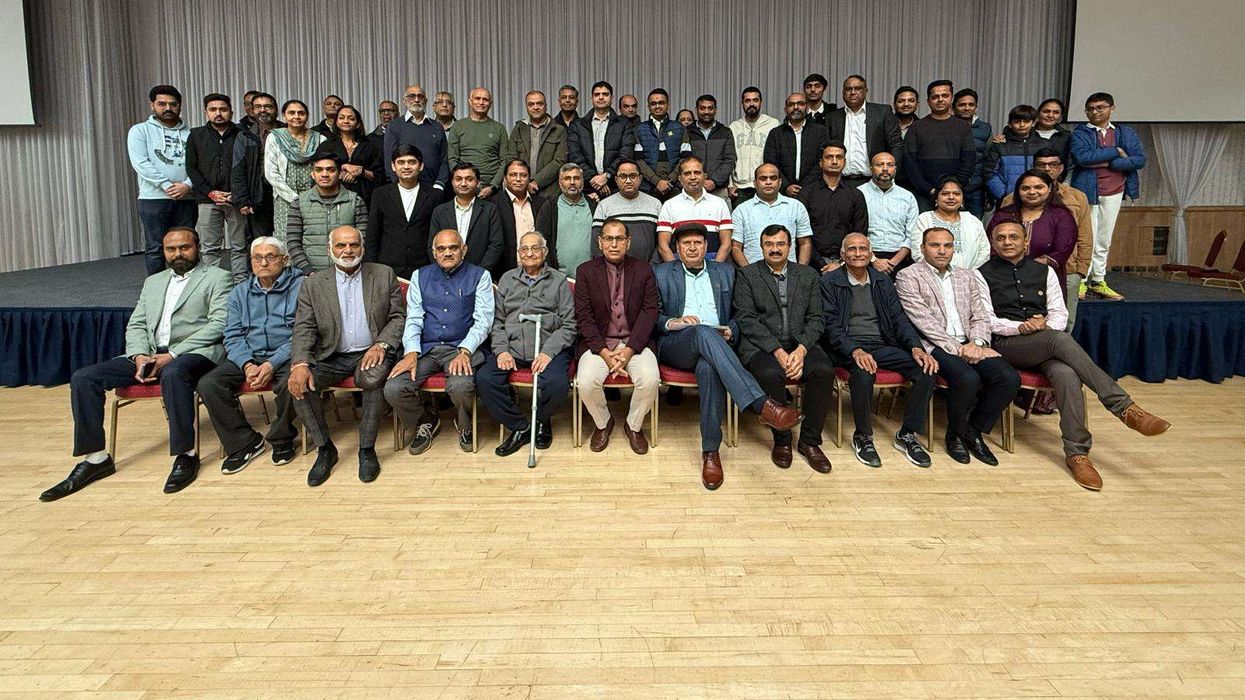Aishwarya Rai Bachchan arrived at the 2025 Cannes Film Festival with the grace and impact only she can command. For her 22nd appearance, she skipped the usual fashion formulas and stepped onto the red carpet in a handwoven ivory Banarasi saree by Manish Malhotra. With her sindoor clearly visible and a smile that lit up the red carpet, Aishwarya didn’t just attend Cannes but took it back to its roots, on her own terms.
The saree, built like a gown but rooted in tradition, featured hand embroidered zari in silver and a flowing lace train that moved like a dream. She paired the look with a dramatic cape style dupatta that shimmered under the lights, and jewellery that turned heads, over 500 carats of Mozambique rubies and uncut diamonds wrapped around her neck. The red lip, the signature hair parted with sindoor, every element was deliberate, and every detail carried a message.
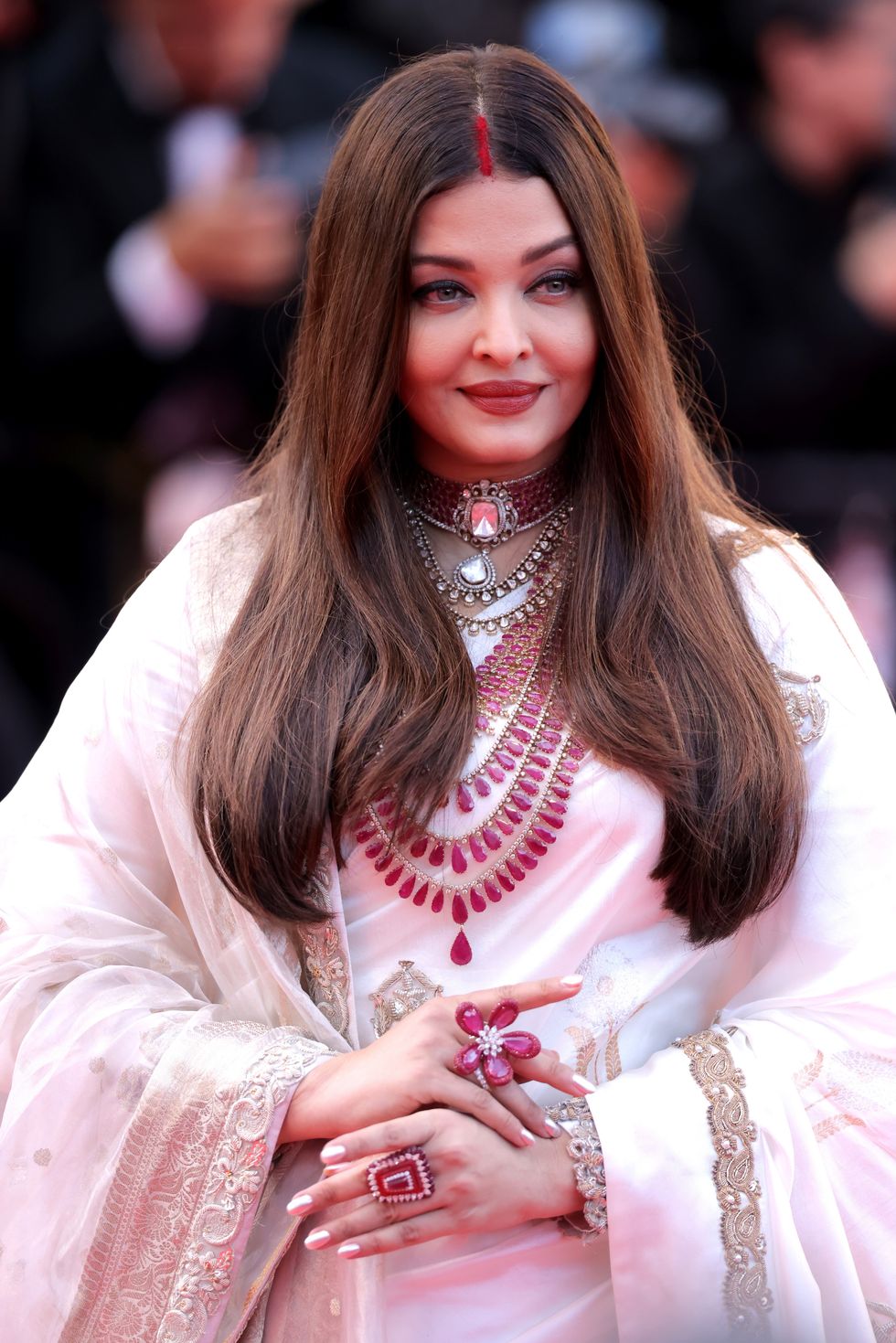
Her look felt like a quiet celebration of Indian craftsmanship, but it was also personal. She greeted the cameras with a folded namaste, waved to fans, and blew kisses, making her presence feel like a moment of stillness amid all the flash. As a long time ambassador for L'Oréal Paris, she attended the premiere of The History of Sound, holding her own among the global fashion elite.
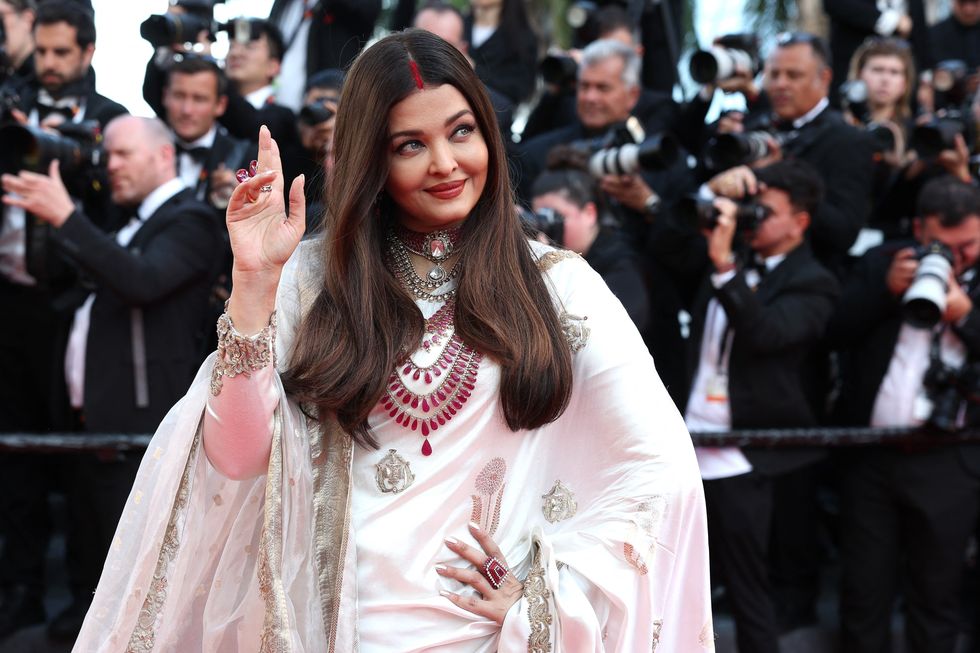
But this year, Cannes wasn’t just about Aishwarya. India showed up strong. Neeraj Ghaywan’s Homebound received a standing ovation after its premiere in the Un Certain Regard section, with stars Janhvi Kapoor, Ishaan Khatter, and Vishal Jethwa walking the red carpet alongside him. Satyajit Ray’s restored classic Aranyer Din Ratri was screened in Cannes Classics, introduced by Wes Anderson. Veterans Sharmila Tagore and Simi Garewal were present, marking a moment of reverence and recognition for Indian cinema’s legacy.
Filmmaker Payal Kapadia, who made history last year, returned as a member of the main competition jury, a proud moment in itself.
And yet, despite all the big names and powerful moments, when Aishwarya stepped onto the red carpet in that saree, everything paused. For many fans, Cannes truly begins when she arrives. As one put it simply online: “Queen is always a queen.”
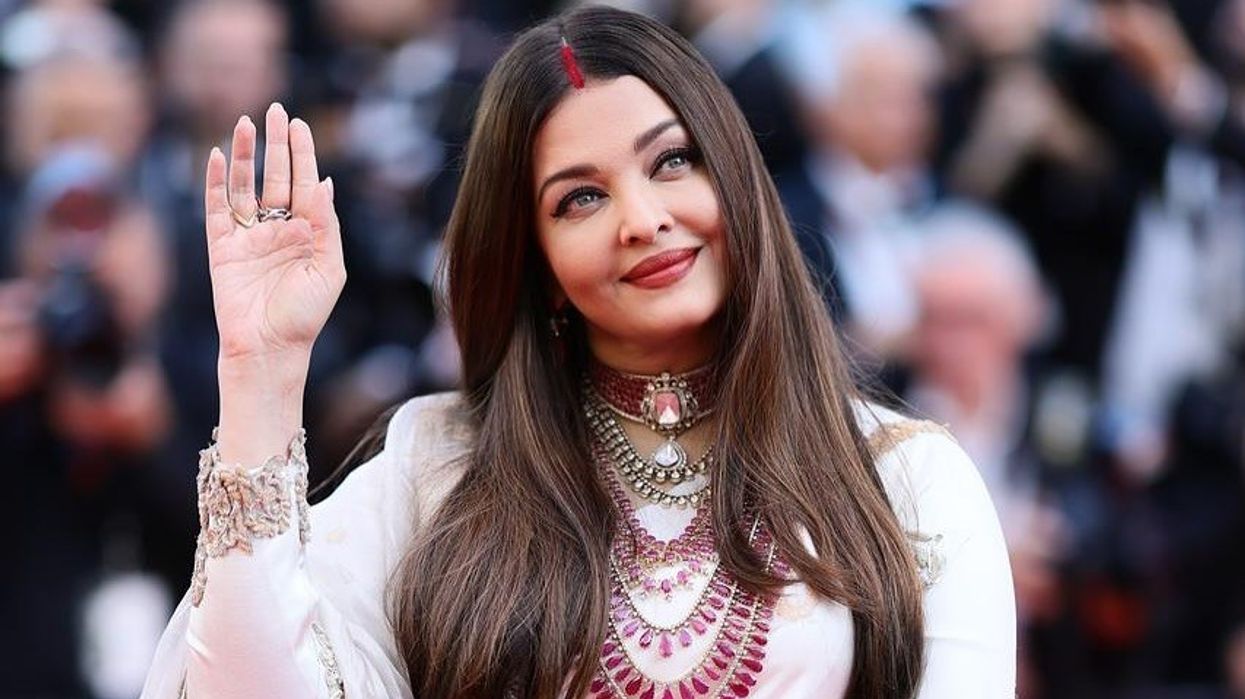

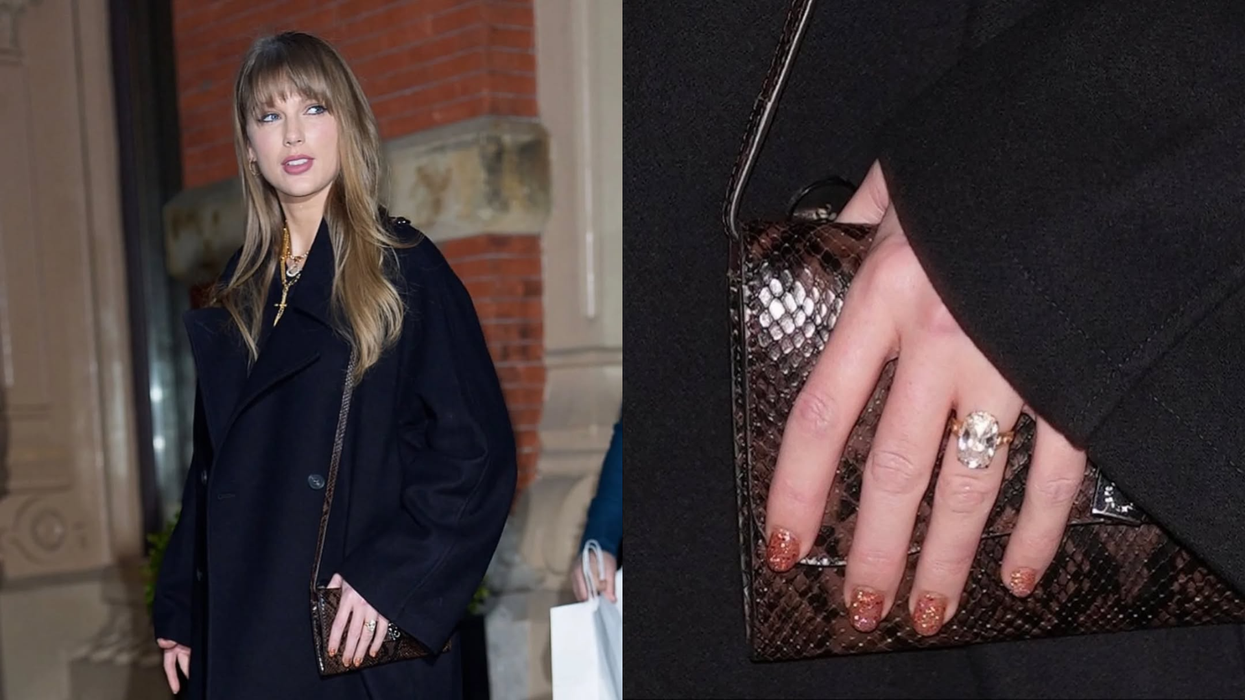
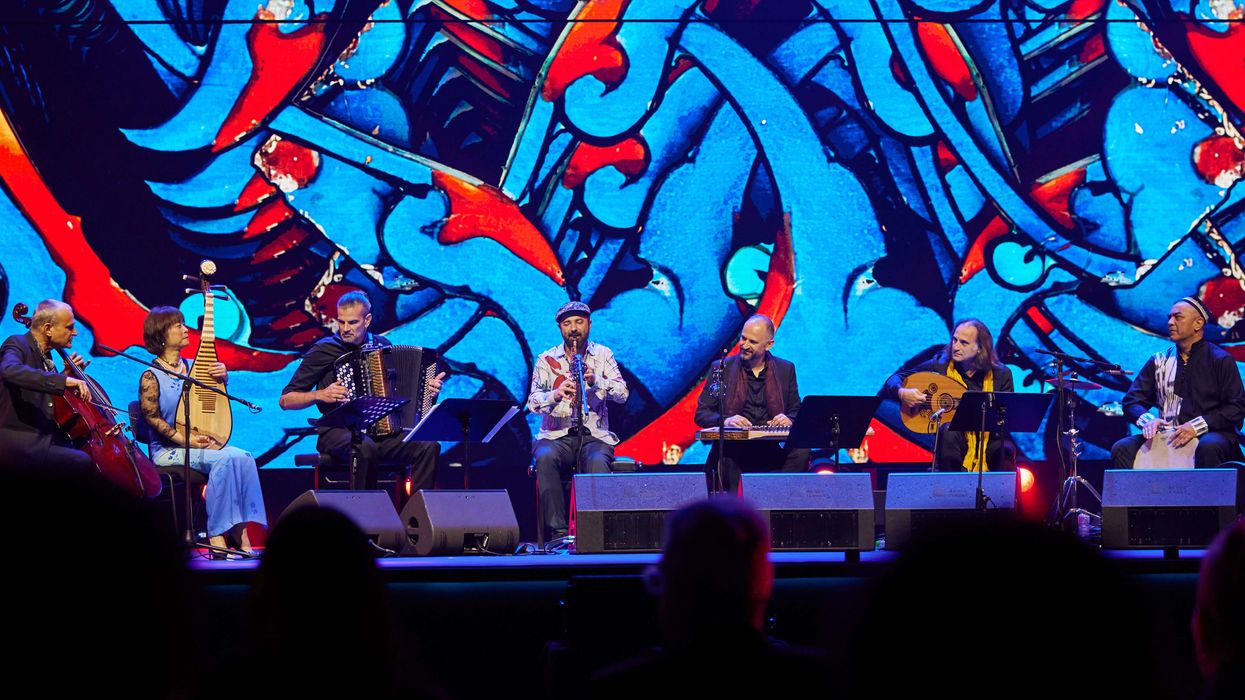
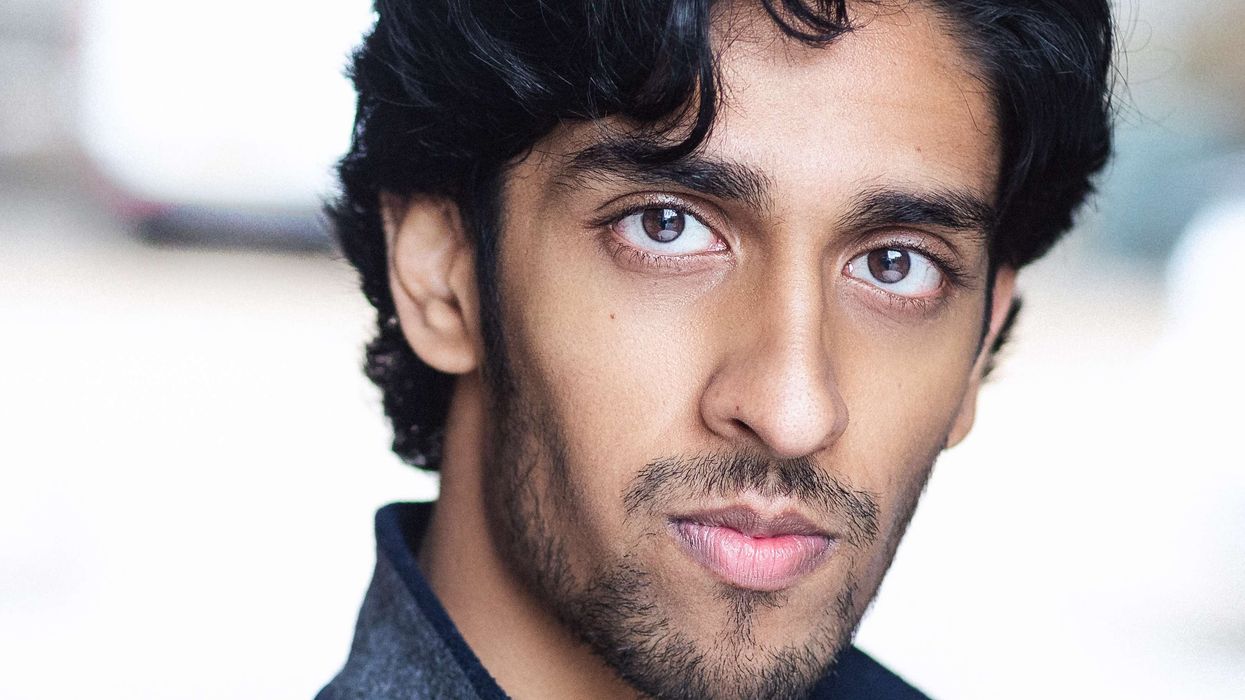
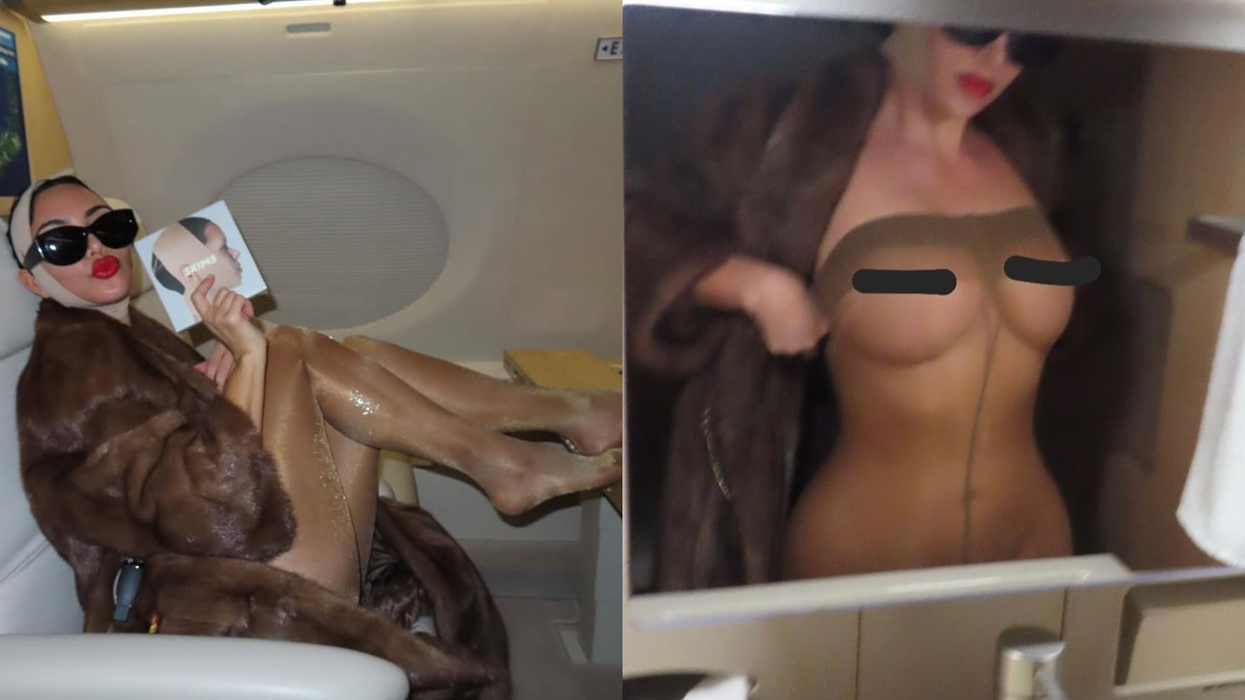

 "That little spark of joy I felt while performing made me realise how much I love expressing emotions"
"That little spark of joy I felt while performing made me realise how much I love expressing emotions" " Being an actress gives me a purpose and a sense of connection with people, stories, and life itself"
" Being an actress gives me a purpose and a sense of connection with people, stories, and life itself"





